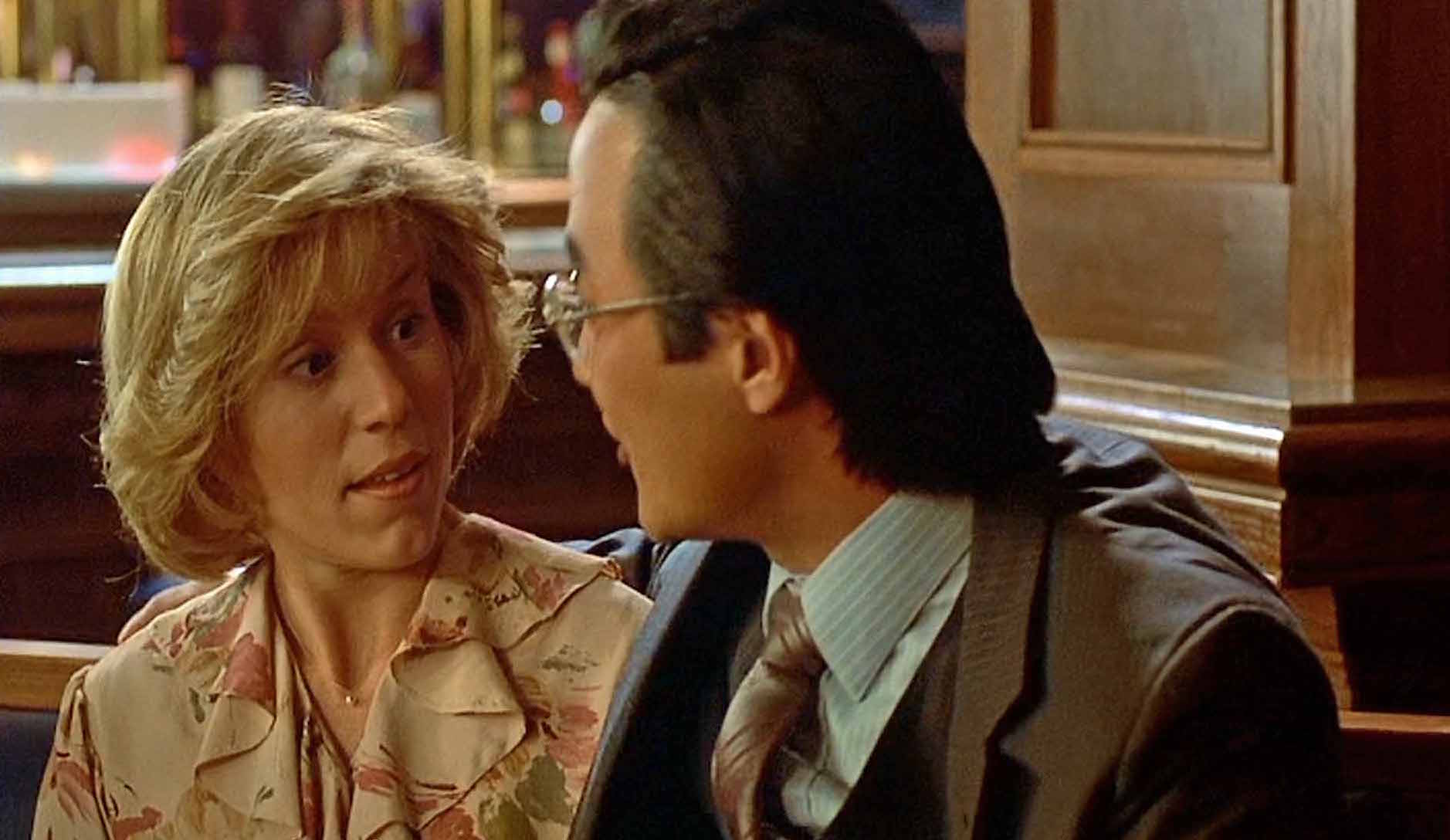What is the point of Mike Yanagita in “Fargo”?
When watching movies, we occasionally sit through a scene and wonder, “What did that have to do with anything? Why wasn’t that edited out?” The truth is, in most half-decent films, if a scene truly proves useless to the plot, it will be removed. Everything we see should service the story, even if that utility isn’t immediately obvious.
Fargo (1996) is a modern classic, the favorite entry among many fans of the Coen brothers’ library of work. It also contains one of these scenes which is ambiguous in its purpose. The scene, of course, is lunch between central protagonist Marge Gunderson (Frances McDormand) and awkward Asian-in-Minnesota Mike Yanagita (Steve Park), a former classmate who calls her out of the blue and excitedly asks for a reunion. The two have a meal, share a distressing conversation, and Mike futily attempts to hit on the obviously pregnant and married Marge before emotionally letting loose a bunch of weight about a dead wife and troubled times.
The scene feels as uncomfortable as Marge looks. It definitely doesn’t service the murder plot and Mike has no connection to any other characters. The scene is his only appearance in the film, making it stand out as an odd variable in an otherwise calculated and tight script.
In truth, the purpose of the scene exists within the one that follows, during which Marge engages in a phone call with another woman. On the phone, Marge discovers Mike didn’t have a wife he lost to cancer—the woman he claims to have married actually thinks he’s a nut with mental problems, and he very well may be. His demeanor during lunch was a cover-up for the realities of a loser desperately vying for affection. This serves as a moment of realization for Marge: What we’re told, and what we see on a person’s exterior, is not always the truth. This concept correlates directly to the plot. Mike’s jovial tone hides the darkness beneath his surface, which is thematically relevant to the film as a whole.

A few scenes before lunch with Mike, Marge had stopped by a car dealership to talk with Jerry (William H. Macy) regarding her murder investigation. Charming and simple enough, she took Jerry at his word when he told her no cars had recently been stolen from his lot. (Of course, the truth is that he stole the car and the murders are consequences of a kidnapping he commissioned.) After her interaction with Mike, Marge is reminded that face value often holds no value, and soon revisits Jerry for another interview. This time she cuts through his facade and he splits, setting in motion the sequence of events that leads to the film’s conclusion. Mike’s lies mirrored Jerry’s, and Marge needed to see him at that very moment. Thus, Mike’s scene may be independently valueless, but the ramifications of the experience facilitate the end of the main story.
Deeper yet, Marge’s meeting with Mike has thematic merit. Broadly, Fargo is a film about people using their Minnesota Nice appearances to mask dark feelings and unrest. All of the film’s characters are greedy and eager, the only exceptions being Marge and her husband Norm (John Carroll Lynch), at least within the confines of what we’re shown of him. The scene with Mike reveals that while Marge is the “innocent” of the picture, she is still tempted by the same impulses as the rest of the film’s players. She doesn’t tell Norm about her meeting with Mike, she dresses up for the event, spruces her hair, and she goes into the reunion with a nervous energy akin to a first date. This enriches her character and blurs the lines of her Minnesota Nice perfection, revealing that she is flawed like everyone else. We assume her intentions are not dubious, but her handling of the situation comes with implications, and her own outward appearance in the scene is something of a lie. In the end, Mike helps her remember that she and Norm are “doing pretty good” because “it’s a beautiful day.”

